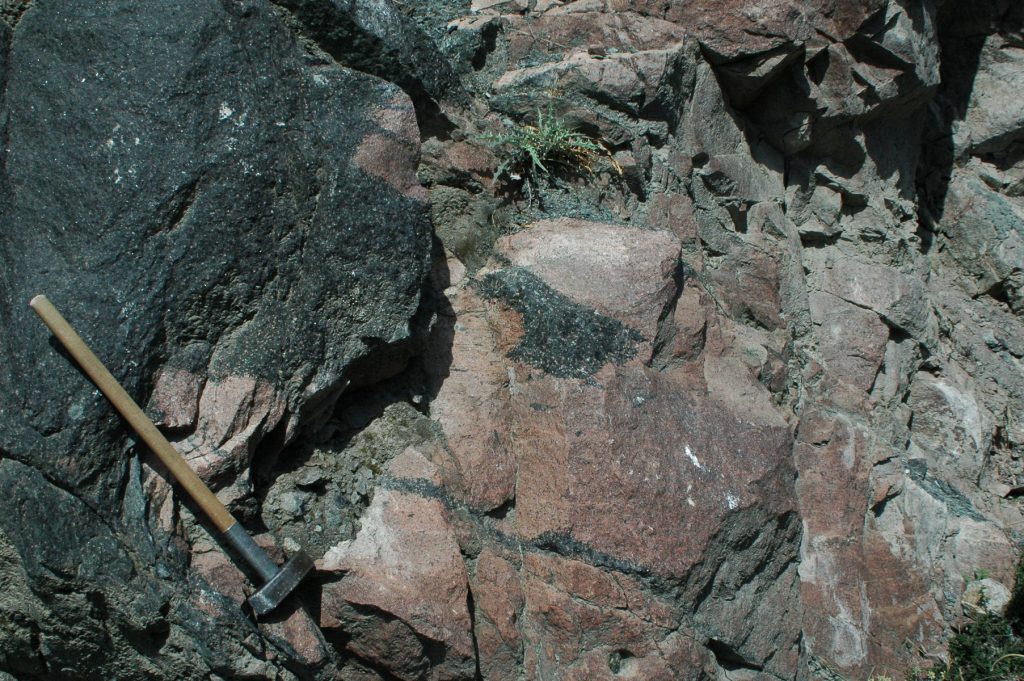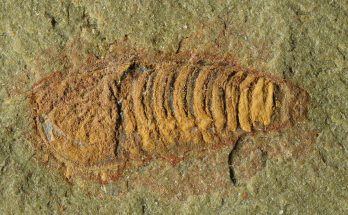Cette publication est également disponible en :
![]() Français
Français

Scientists from MIT and Woods Hole Oceanographic Institution have published a article in the journal Nature Geosciences, in which it is shown that deep-seated magmas located in subduction zones contain up to twice as much water as previously measured. This discovery was made possible by the analysis of plutonic rock samples collected by Othmar Müntener (Full professor, Institute of Earth Sciences) and his team.
Why is the water content of magmas interesting?
Magmas with the highest water content are found in subduction zones, where oceanic water can be drawn to great depths and induce mantle melting. In these regions, violent volcanic eruptions are observed, because the more hydrated the magma, the more explosive the eruptions. The water contained in these magmas could also be at the origin of various metalliferous deposits (copper, gold or silver) enriching the elements initially in solution in the magmatic fluids.
The water content of magmas has been estimated so far at about 4% of the total weight. This percentage seems too low to explain these phenomena in a convincing way, and several models describing the formation of the Earth’s crust suggest that water should be more abundant. Urann and his colleagues hypothesized that the volcanic rocks studied so far to estimate the water content of magmas are too dehydrated (especially during the eruption phase), to be able to reliably reconstruct the composition of the magma in which they were formed.
Plutonic rocks: key elements of the discovery
The objective of this research was therefore to work on rocks that were not very denatured and had not undergone eruptive phenomena. Othmar Müntener and his team had already been interested in such rocks and had led an expedition in 2007 in the Kohistan region (Pakistan) to study and sample them. This remarkable site contains rocks that were formed at depth by slow crystallization and that came to the surface during the surrection of the Himalayas (so-called plutonic rocks). The minerals and their water component represent faithfully the composition of the deep magma in which they were formed. As the sites in Pakistan have become difficult to access for European or American researchers, the samples collected during the 2007 expedition were analyzed in this study. The principal authors of the Nature Geosciences article note the incredible freshness of these rocks, which show no obvious signs of disturbance in the crystals they contain.

Results and perspectives
The analysis of the plutonic rock samples was carried out by ion probe and their water content measured indirectly after the establishment of various standards. The results obtained indicate that the magmas in which these rocks were formed contain a water content twice as high as that estimated so far, i.e. 10 to 12% of the total weight. These results open new perspectives for the interpretation of the formation and composition of the Earth’s crust. We can imagine, for example, that degassing of magmas starts deeper than commonly assumed. Similarly, some observations of magmatic rocks in the Alps can be explained by the presence of rocks with a high water content (see box).
The plutonic rocks collected by O. Müntener are currently the subject of two other research projects.
In a paper published in February 2021, O. Müntener and his colleagues had already hypothesized that superhydrous magmas should exist in Alpine subduction zones. Observations made on magmatic rocks of the Alps (notably in the Adamello region, Italy) indicate the predominance of plutonic rocks over volcanic rocks and thus a reduced volcanic activity at the time of the collision of the Adriatic and Eurasian plates. O.Müntener explains this limited volcanism in the Alpine chain by a low convergence rate hindering convection in the mantle corner. Consequently, the pulsed release of fluids in the subducting plate controlled the formation of superhydrous magmas. The discovery of a water content of subduction zone magmas significantly higher than previously estimated, supports this hypothesis.
Reference : O. Müntener, P. Ulmer, J. Blundy : Superhydrous Arc Magmas in the Alpine Context, Elements, Vol 17 – number 1, février 2021 [abstract]
Référence bibliographique
- B.M. Urann, V. Le Roux, O. Jagoutz, O. Müntener et al. High water content of arc magmas recorded in cumulates from subduction zone lower crust. Nat. Geosci. (2022).
doi.org/10.1038/s41561-022-00947-w



